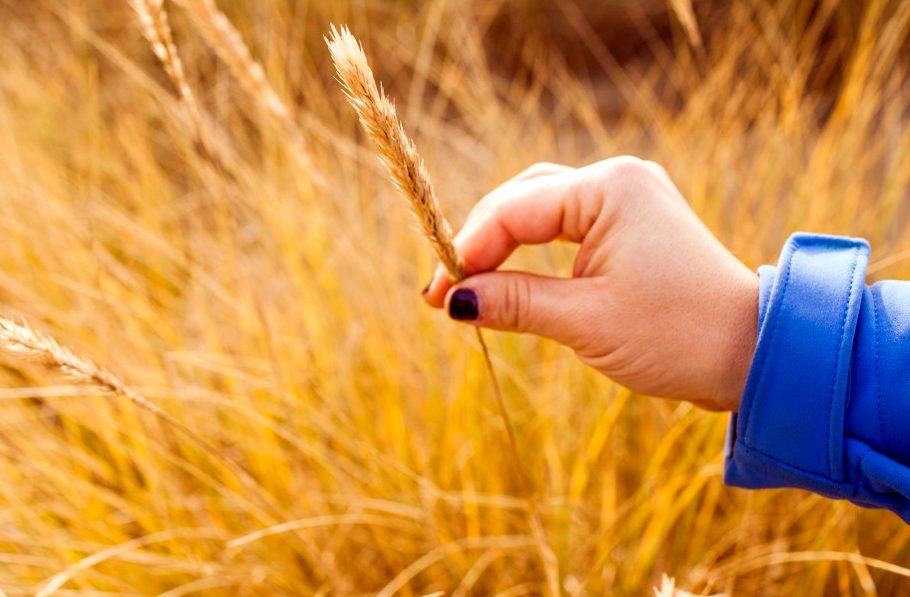What Is Gluten Intolerance?

There are three types of allergies to gluten. Here's what you need to know about gluten intolerance and how you can manage it.
Gluten is a protein found in wheat, barley, and rye. Any food made with these grains, such as bread or pasta, contains gluten, which gives them their spongy, elastic texture.
Though gluten is safe and healthy for most people to eat, in a small percentage of the population it can trigger an allergic reaction, or gluten intolerance. There are three main types of gluten allergies.
YOU MIGHT ALSO LIKE: What Is Gluten Intolerance?
Celiac disease
Celiac disease is an autoimmune disorder that affects about 1 in 100 people, according to the Celiac Disease Foundation.
When a person with celiac disease ingests gluten, their immune system responds, attacking the protein as well as the lining of their small intestine. This causes severe digestive problems and prevents your body from absorbing vital nutrients.
Celiac disease is hereditary. If you have a parent, sibling, or child with the disorder, there is a 10 percent risk that you have it as well. According to one study, your risk also rises if you have second-degree relatives, such as cousins or uncles, with the disease.
Non-celiac gluten intolerance
There are also non-celiac gluten allergies. According to research published in the journal Gut, the number of people with non-celiac gluten allergies may be greater than the number of those with celiac disease.
The first is wheat allergy; this is a more typical food allergy and is not triggered by barley or rye. Wheat allergies are more common in children than adults. Often they will disappear around age three.
The second type of gluten allergy is known as a non-celiac gluten sensitivity, or NCGS. A person with symptoms of a gluten allergy but without celiac biomarkers may have NCGS.
For several years, there was a debate in the medical community over whether gluten sensitivity existed. Research, however, has established that it is a separate condition from both celiac disease and wheat allergy.
Signs of a gluten allergy
All three types of gluten intolerance can cause gastrointestinal symptoms, such as indigestion, diarrhea, and vomiting.
A wheat allergy may cause swelling, hives, or rashes. If severe, it can also result in more dangerous reactions, such as trouble breathing or a loss of consciousness.
In addition to digestive complaints, gluten sensitivity may produce seemingly unrelated symptoms. These can include brain fog, fatigue, dry or rashy skin, migraines, joint pain, and numbness in your legs and arms. Research published in the journal Nutrients has even hypothesized that children with NCGS might be misdiagnosed with autism or attention disorders.
Many of the signs of celiac disease are similar to those of NCGS. NCGS can also cause more extreme symptoms, including anemia, osteoporosis, infertility, stunted growth, and thyroid problems. In some cases, symptoms can be fatal.
How to diagnose a gluten allergy
Celiac disease can be diagnosed with a blood test to check for antibodies that the immune system produces to “fight” gluten. A doctor may ask about your family history of gluten allergies or perform a skin biopsy before administering the blood test.
Wheat allergies are often diagnosed with a blood test or skin prick test, to see if your body has a topical or internal allergic reaction to the presence of wheat.
If you show signs of a gluten allergy but do not test positive for celiac or wheat allergies, an elimination diet can usually determine if you have NCGS. A doctor will have you eliminate all foods and products containing gluten for several weeks. When you no longer have any gluten in your body, you will be asked to eat foods with gluten for several days and monitor how you feel. If your symptoms return, you will likely be diagnosed with a gluten sensitivity.
Living with gluten intolerance
If you are diagnosed with a gluten allergy, you will need to follow a gluten-free diet to eliminate foods that trigger your symptoms. You will also need to read the labels of personal care products such as shampoo and lotion. Many contain wheat or wheat proteins, which you can absorb through your skin.
A gluten-free diet involves more than avoiding bread and pasta. You may be surprised to learn that many foods contain gluten, such as soy sauce, salad dressings, beer, and even some types of ice cream.
Avoid these foods if you’re on a gluten-free diet. Also pay attention to the many names nutritional labels use for wheat.
YOU MIGHT ALSO LIKE: Is the Gluten-Free Diet Just Another Fad?
Updated:
February 17, 2023
Reviewed By:
Janet O’Dell, RN